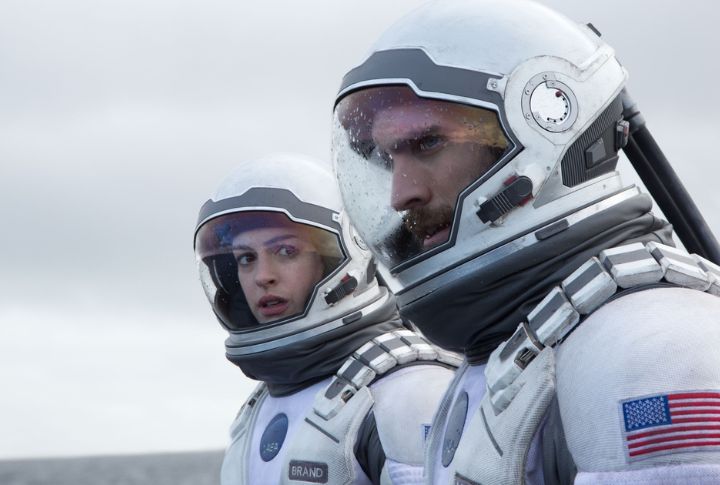
Some movie moments are pure fiction, and science wants you to know it. Between impossible explosions and gravity-defying nonsense, Hollywood has a habit of making scientists wince. Still, that does not mean they’re any less entertaining. Just expect a physics teacher not to stay quiet about them. Here are the sci-fi moments that science flat-out rejects.
Lightsabers Can’t Exist Like They Do In “Star Wars”

Lightsabers break several laws of physics, which makes them impossible in real life. Light doesn’t stop midair because photons keep traveling unless blocked, so forming a solid blade with a set length can’t happen. Plus, real lasers spread out and won’t clash like swords. Even plasma blades need spaceship-sized power to operate.
“Jurassic Park” Dinosaurs Wouldn’t Be Genetically Viable
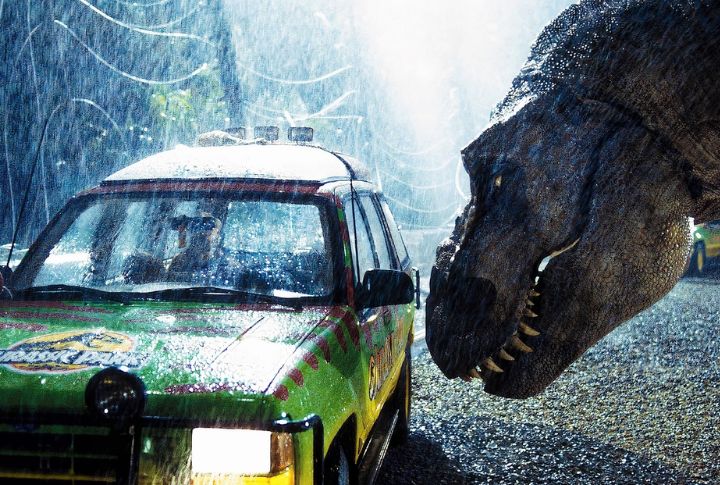
Bringing dinosaurs back through cloning, like in “Jurassic Park,” is not feasible based on current science. DNA breaks down over time and fails to last anywhere near 65 million years. So far, the oldest usable DNA ever recovered is about 2 million years old. Also, most amber-trapped mosquitoes fed on plant nectar, not dinosaur blood.
Explosions In Space Never Boom Like In “Guardians Of The Galaxy”
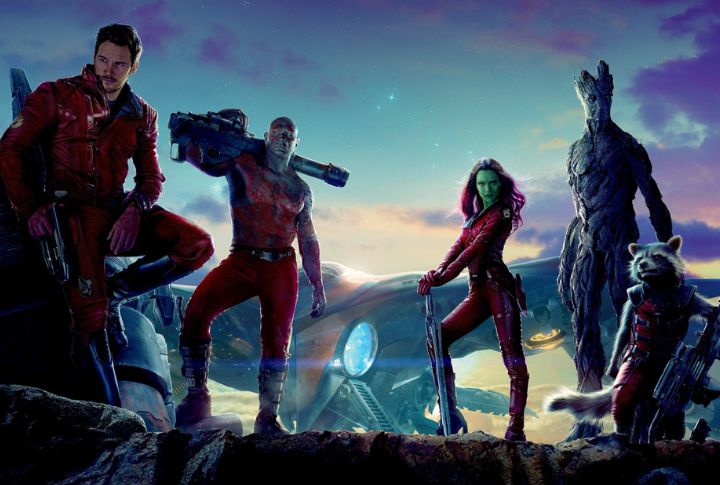
Despite what movies show, explosions in space make no sound. That is because space has no air, and sound needs a medium to travel. Instead of a thunderous boom, there would be a flash of light and scattered debris. As a result, NASA adds sound only to boost the dramatic impact.
Magneto Can’t Lift The Golden Gate Bridge In “X-Men”
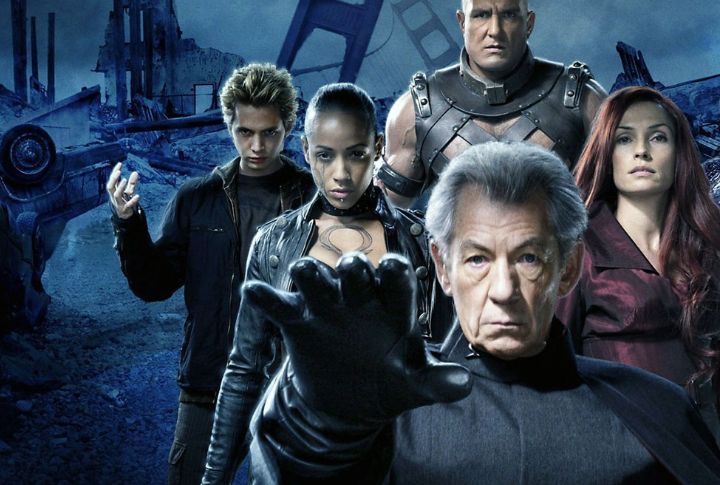
The Golden Gate Bridge is built mostly from concrete and a steel alloy with weak magnetic properties. This combination makes it extremely difficult to move using magnetism. Additionally, high-powered electromagnets would fall short. Because of that, lifting it would require a magnetic force trillions of times stronger than Earth’s natural field.
“Planet Of The Apes” Evolution Timeline Is Way Too Fast
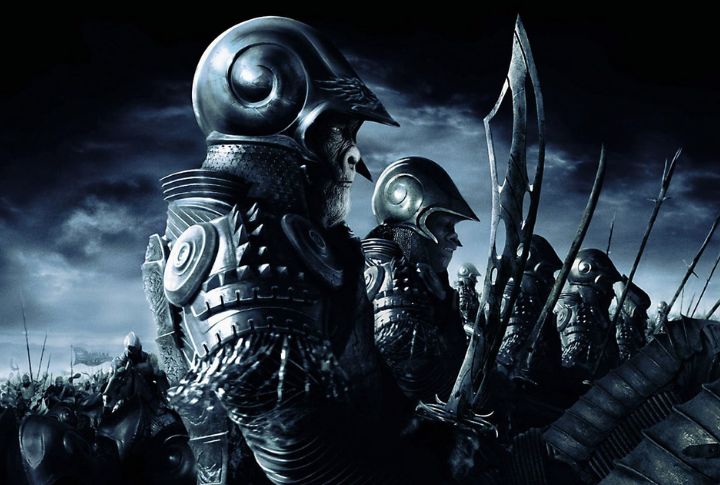
Major evolutionary changes take thousands, sometimes millions, of years to appear. Developing higher intelligence involves slow and complex changes to brain structure. In addition, chimps and humans may share similar DNA, but that genetic overlap does not mean apes could gain human-level intelligence in just a few decades.
Downloading Consciousness Like In “Transcendence” Is Pure Sci-Fi
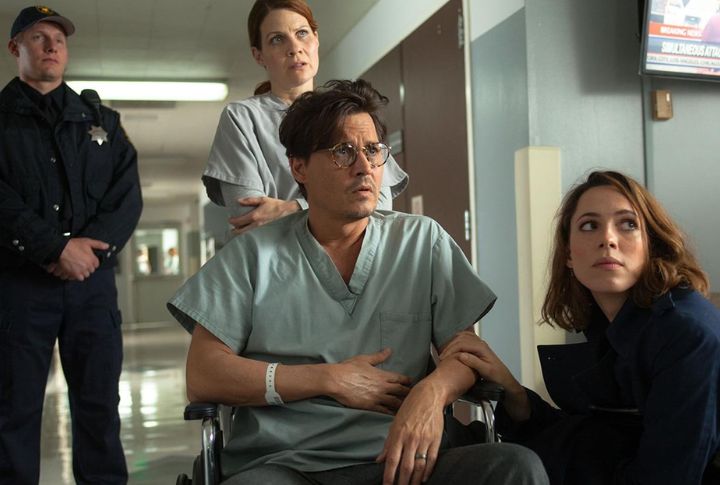
Human consciousness isn’t something that can be downloaded. Instead, it arises from complex brain activity that science still does not fully understand. Furthermore, scanning every neuron and synapse would still fall short of recreating the same mind. For scale, the human brain holds about 86 billion neurons, more than all the stars in our galaxy.
Time Travel In “Back To The Future” Violates Causality
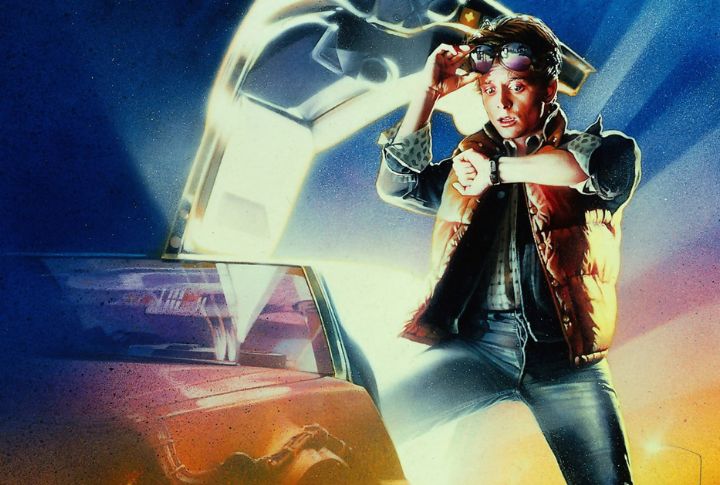
According to science, going back in time creates major problems. Changing the past would break the natural chain of cause and effect—something known as a paradox. To clarify, general relativity explains how time can stretch or slow, yet not how to reverse it. As for wormholes, none have been proven stable enough to work.
Cryogenic Freezing In “Interstellar” Would Kill You
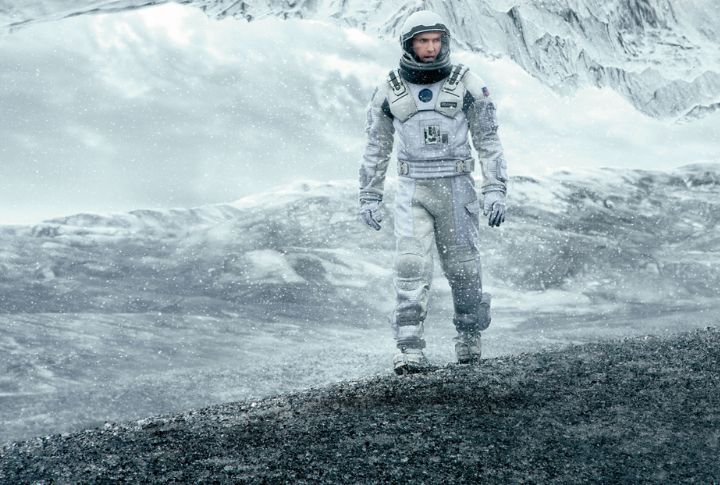
Freezing the human body leads to the formation of ice crystals, which destroy cells and organs beyond repair. Therefore, cryogenic preservation remains scientifically impossible. No mammal has ever survived a full-body freeze. Interestingly, certain frogs can endure short-term freezing thanks to special traits designed for extreme cold.
Human Torches Like In “Fantastic Four” Would Burn Themselves
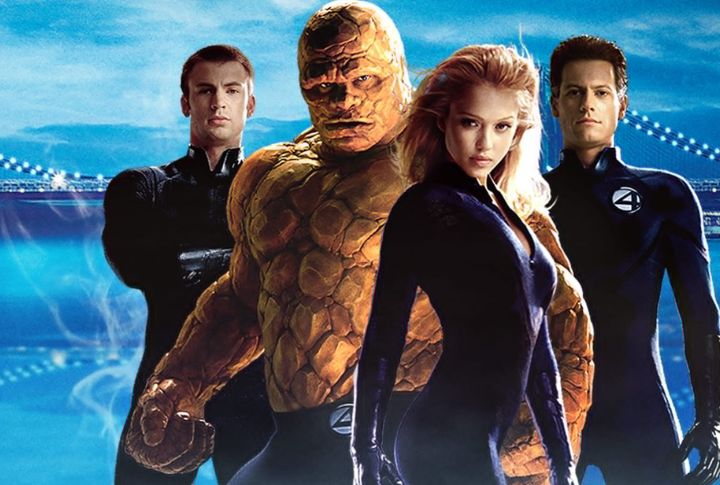
Self-combustion would destroy the human body in seconds. Skin and tissue vaporize the moment flames appear. Meanwhile, fireproof gear can handle extreme temperatures. However, the body lacks any similar protection. Additionally, firewalking feels safe only because embers transfer heat slowly. For that reason, a true human torch would never survive ignition.
Asteroid Landings Like In “Armageddon” Are Infeasible
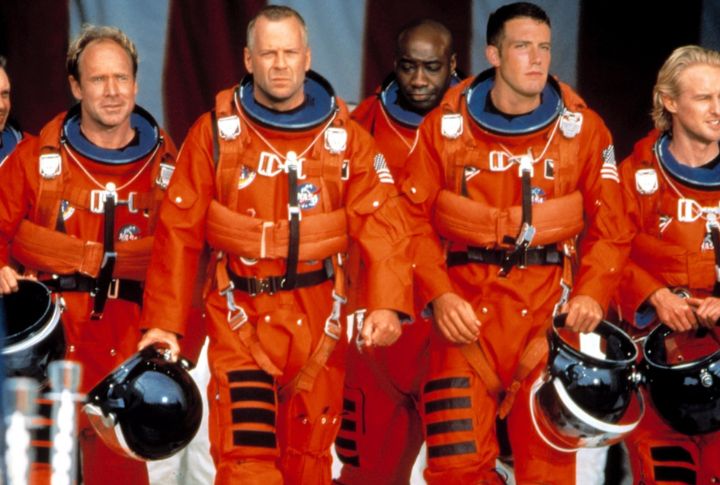
Landing on an asteroid takes more than bravery—it requires advanced, specialized equipment. These spinning rocks provide barely any gravity, and their shifting surfaces make footing uncertain. A small movement could result in drifting off into space. To manage that, NASA relied on harpoons and thrusters just to anchor lightweight probes.

